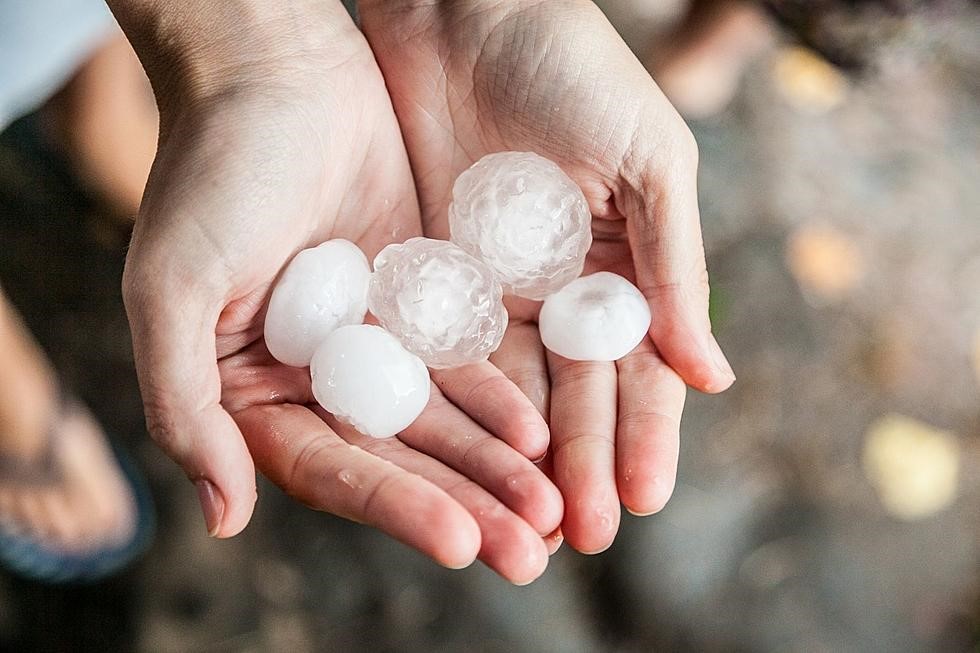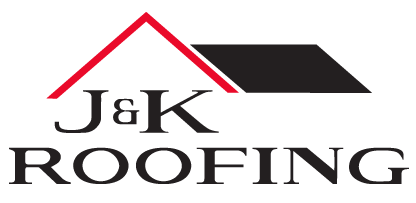
8 Must-Know Roofing Tips for Hailstorm Damage Prevention
Believe it or not, Colorado is one of the most heavily hit states for hail damage. Year after year, hail storms pass through all parts of the state and cause severe property damage. Between 2018 and 2020, there were more than 310,000 hail damage insurance claims in Colorado, making it the second highest state for hail claims.
So with that said, are you prepared for Colorado hail storm season? This article will help you get must-know information for hail storm damage prevention.
1. Different Areas Can Be Hit With Different Storms, but Prevention Is the Same
Colorado is a big state with different geography from one side to the other, meaning weather rolls through differently across the state. A hail storm in Denver is likely different from a hail storm in Telluride, but the preventative measures you take to keep your property in good condition are similar.
2. The Age & Style of Your Roof Matters
This probably goes without saying, but if you have an old roof (10+ years), you’re at a higher risk of sustaining hail damage. The best thing you can do is to know the condition of your roof. The type of roof you have is vital in how it will respond to severe hail storm damage. For example, a pitched roof is better for water drainage than a flat roof, which can incur pooling water during and after a heavy hail storm. Combine that with impact damage from hail stones and you have a recipe for dangerous leaks!
3. Don’t Overlook Necessary Repairs
The benefit of having your roof regularly inspected (or at least after a serious hail storm) is that you’ll know if you need to take care of any hail storm damage to your roof. Even minor repairs—like replacing the metal flashing around your chimney—are essential to take care of as soon as possible. Overlooking necessary repairs creates a snowball effect that makes hail storm restoration and exterior repairs even harder in the future. If it’s time to replace the roof, make an informed decision and select a local roofer that has a range of services and good reviews.
4. Not All Shingles Are the Same Quality
There are a lot of material options out there for your roof, but knowing which looks the best and is the most durable or appropriate for your home is critical. Asphalt shingles are far and away the most popular type of shingle, and that’s partial because they’re affordable and reliable. They also come in various colors and patterns to match your desired look.
You can also consider other options like metal, clay, or wood shake—but they will each have a different durability rating.
5. Roofing Materials Have Greatly Improved
If your roof is older, you’re likely not benefiting from the improved quality of newer roofing materials. For one thing, newer shingles are more durable and come with different hail class ratings that can help with what your homeowners insurance will cover in case you need your roof replaced.
Newer shingles are more durable and hold up better against the elements like strong winds, rain, and falling hail. Likewise, underlayment materials have improved (they’ve gotten thicker and are made of more durable synthetic fibers), as have nails and fasteners, partly due to improved building codes. New shingles are also easier on the eye and come in a range of different profiles and colors.
6. Look Into Impact-Resistant Shingles
While asphalt shingles are the standard in Colorado, not all shingles and roofing materials are created equal. Some shingles have a higher impact-resistance rating than others. Your shingles should have an impact-resistant rating of Class 4, also known as “IR” roofing shingles. Some manufacturers include Owens Corning, GAF, CertainTeed, IKP, Malarkey, and more. We recommend looking into IR shingles if you want to take an extra step toward protecting your roof. There is no such thing as a hail proof roof, but impact resistant shingles offer the best protection against future storm damage.
7. Check With Your Homeowner’s Insurance About IR Shingles
Before investing in impact-resistant shingles, you should consider how your homeowner’s insurance may contribute. It’s a good practice to review your policy and look for incentives to upgrade your roof whenever necessary. Some companies offer incentives, sometimes up to as much as a 25% discount on your premium, to help offset the cost of upgrading to IR shingles.
8. A Roof Inspection Can Save Your Home From Hail Damage
The most important takeaway for preparing your roof for hail storms in Colorado is to know your roof’s condition. Having a regular roof inspection in the spring (following winter) and fall (following summer) is a good practice to catch any leaks or other roofing issues.
We recommend scheduling a roof inspection (ours are free!) after high winds or hail storms to catch any needed storm damage repairs. If you need a roof replacement, we’ll work with you on the insurance process and also offer roof financing.
We’ve Got You Covered
Contact us today to get a professional opinion on your roofing needs. We manage every detail of your roof repair or replacement and treat your home like our own. With almost four decades of experience working on residential and commercial roofs in Colorado, we have the experience, skills, and knowledge needed to complete any job.
Give us a call at 303-425-7531!
